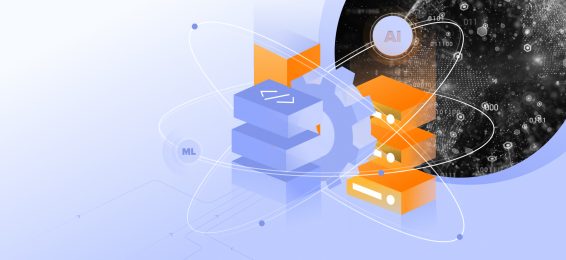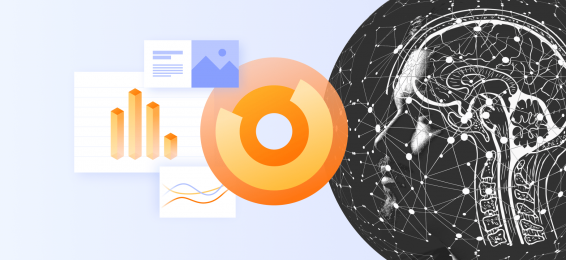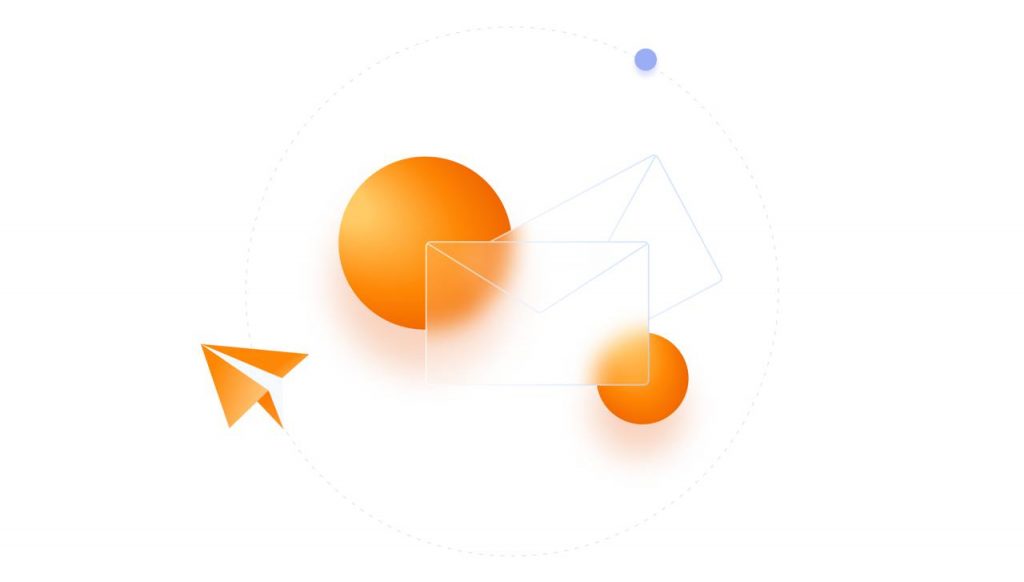What is big data 1.0?
Big data 1.0 marks the initial phase of big data technology, focused on capturing and storing massive datasets. Tools like Hadoop big data platform and MapReduce in big data were widely used to process batch data. This stage set the foundation for modern big data solutions that companies rely on today.
What is big data 2.0?
The emergence of big data 2.0 brought real-time data analytics to the forefront. It introduced technologies such as big data Spark, which transformed how organizations analyzed their big data sets. Integrating streaming tools like HBase in big data and Hive in big data further enabled faster and more accurate insights.
What is big data 3.0?
Big data 3.0 represents the current era of big data and analytics, driven by big data cloud solutions like Google big data platform and big data on AWS. This phase incorporates big data machine learning and AI to create predictive models. Advanced platforms integrate tools like big data Hive for more efficient processing of big data databases and big data storage.
What are the types of big data?
Types of big data fall into three main categories:
- Structured data: Stored in big data databases, often processed using Hadoop big data.
- Semi-structured data: Formats like JSON or XML, analyzed using tools like Big Data Hive.
- Unstructured data: Examples include videos, social media, and documents—these form the backbone of big data analytics.
What are the 5 big data?
The “5 Vs” highlight the characteristics of big data:
- Volume: Refers to massive big data sets generated daily.
- Velocity: The speed of big data processing in real-time.
- Variety: Diversity in big data examples, from videos to transaction logs.
- Veracity: Addressing the reliability of big data and data analytics.
- Value: Benefits like better business outcomes, a key reason for the importance of big data.
What are big data solutions?
Big data solutions encompass a range of technologies, from big data Hadoop certification programs to real-world big data applications like Uber big data analytics. Big data services often involve tools like R big data analytics for advanced modeling or big data Spark for scalable real-time processing.
What are big data technologies?
The backbone of big data technology includes systems like Hadoop big data for storage and Google big data tools for analytics. Other notable technologies are MapR big data for data distribution and Big Data Oracle for enterprise integration. These platforms underpin big data systems and big data architecture, essential for modern analytics.
What are big data tools?
From big data visualization tools like Tableau to analytics big data software such as Big Data Hive, tools are central to operationalizing data insights. Big data tools also include platforms like Google Big Data for scalable cloud solutions and Big Data University for training future big data analysts.
By leveraging big data management and cutting-edge tools, organizations can unlock the benefits of big data to transform their industries.



